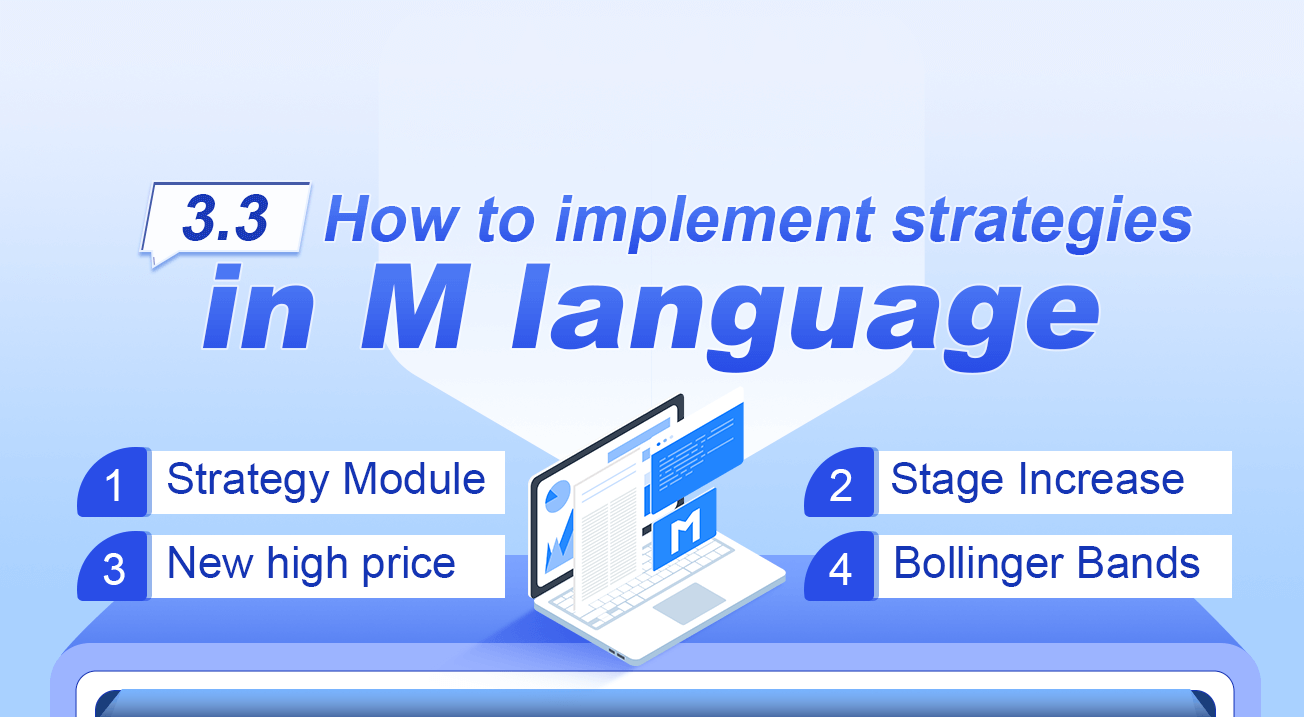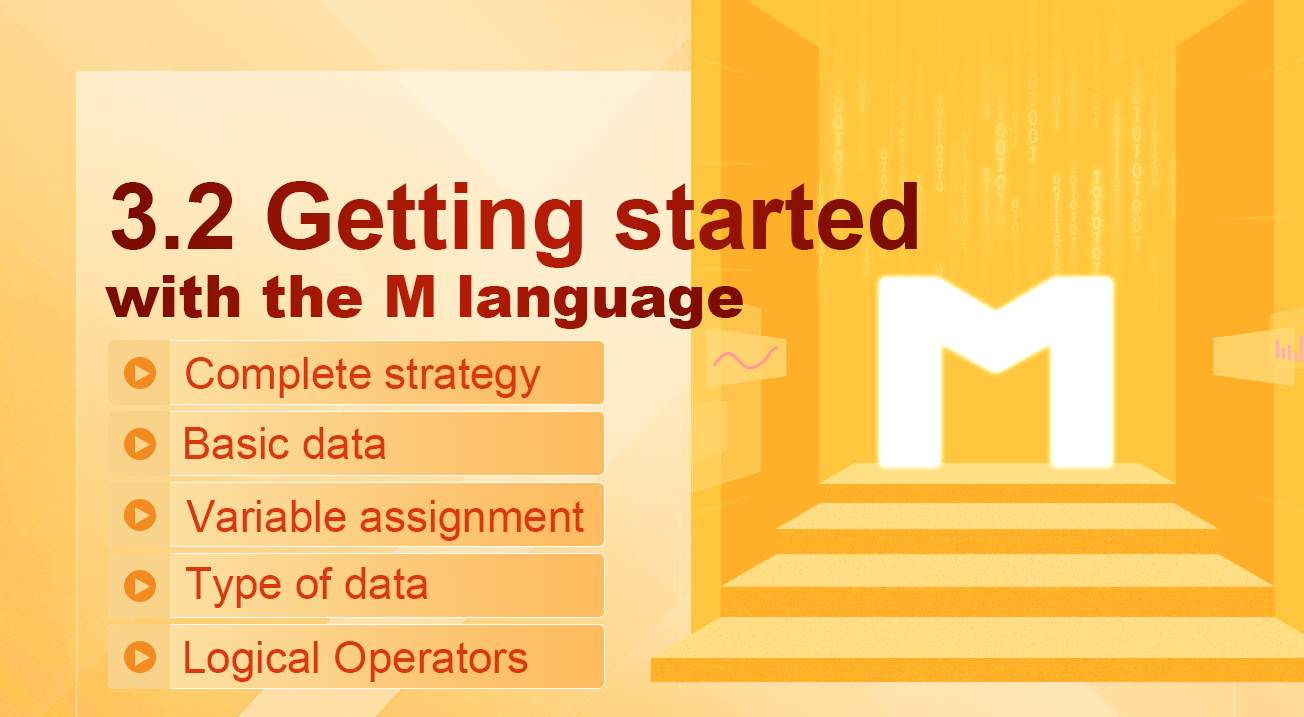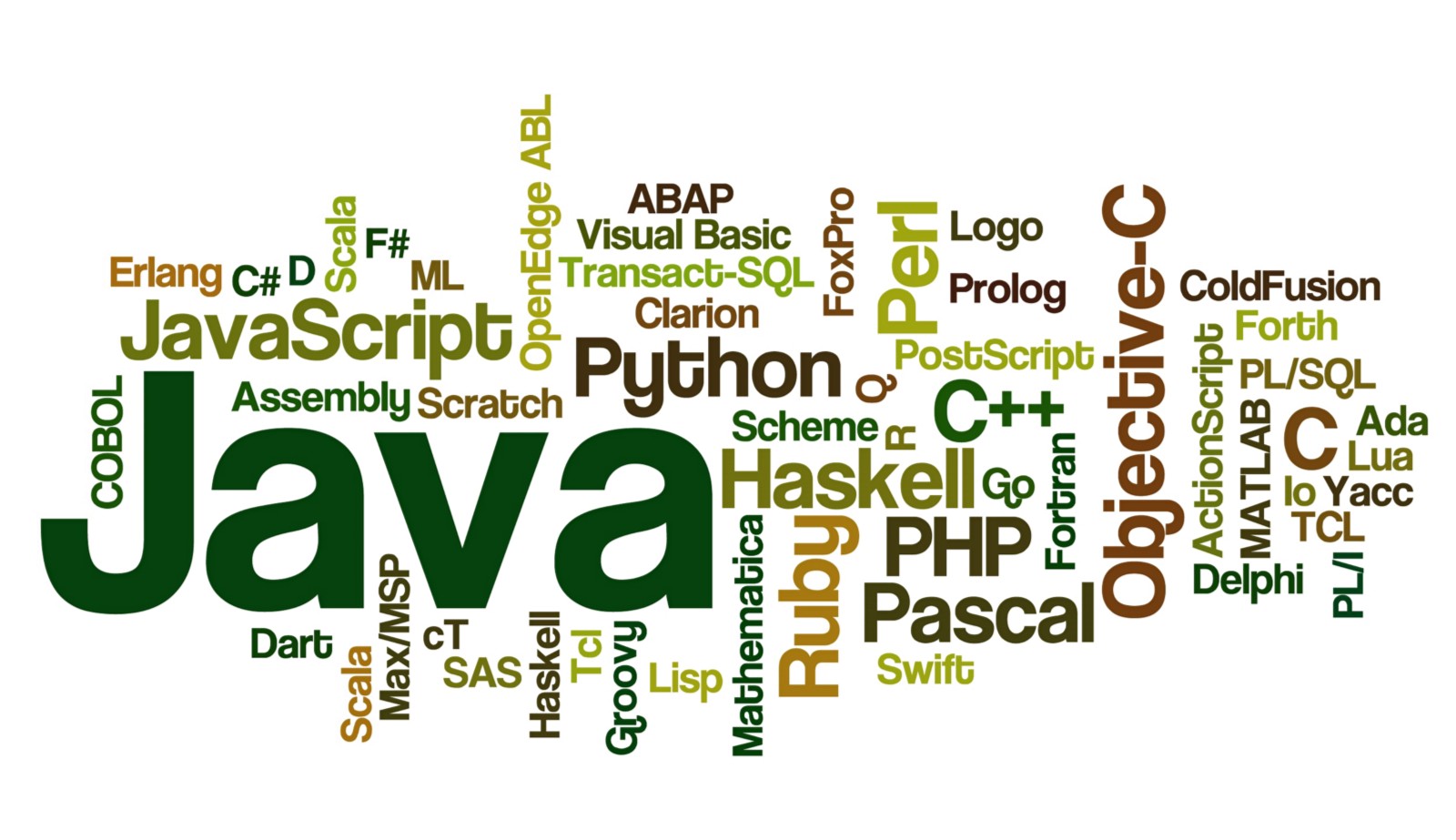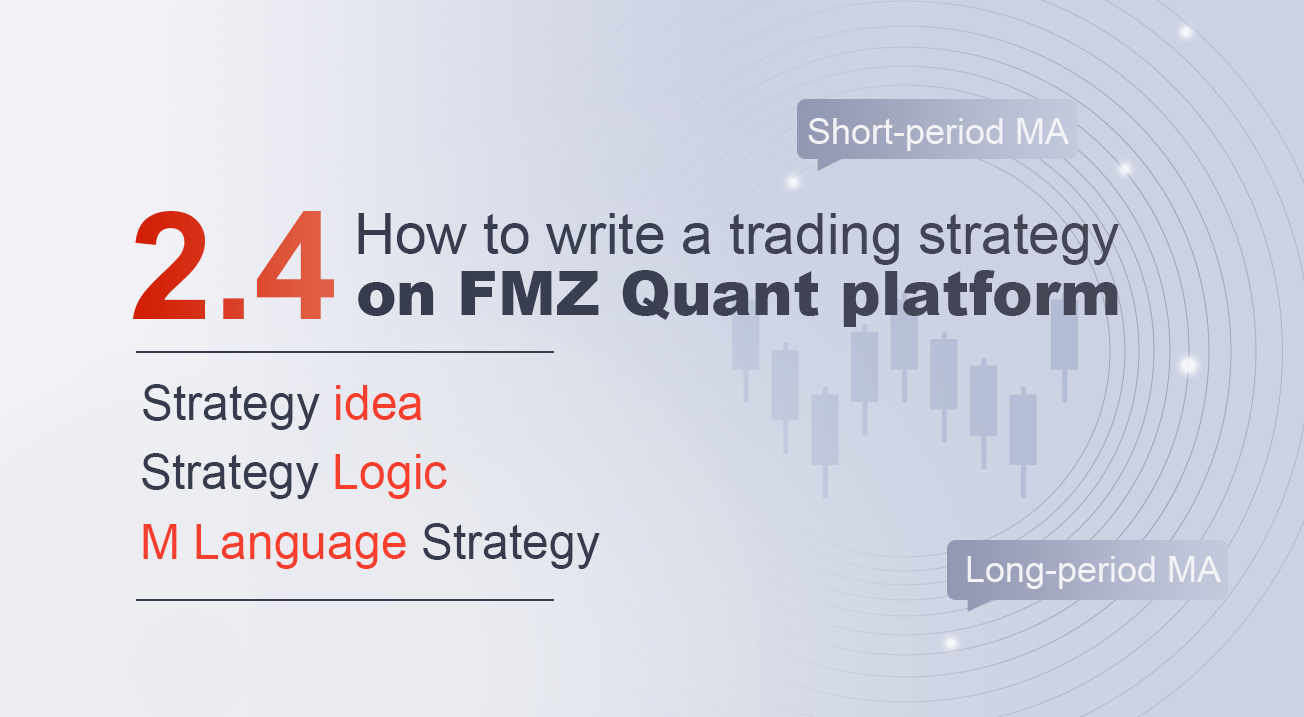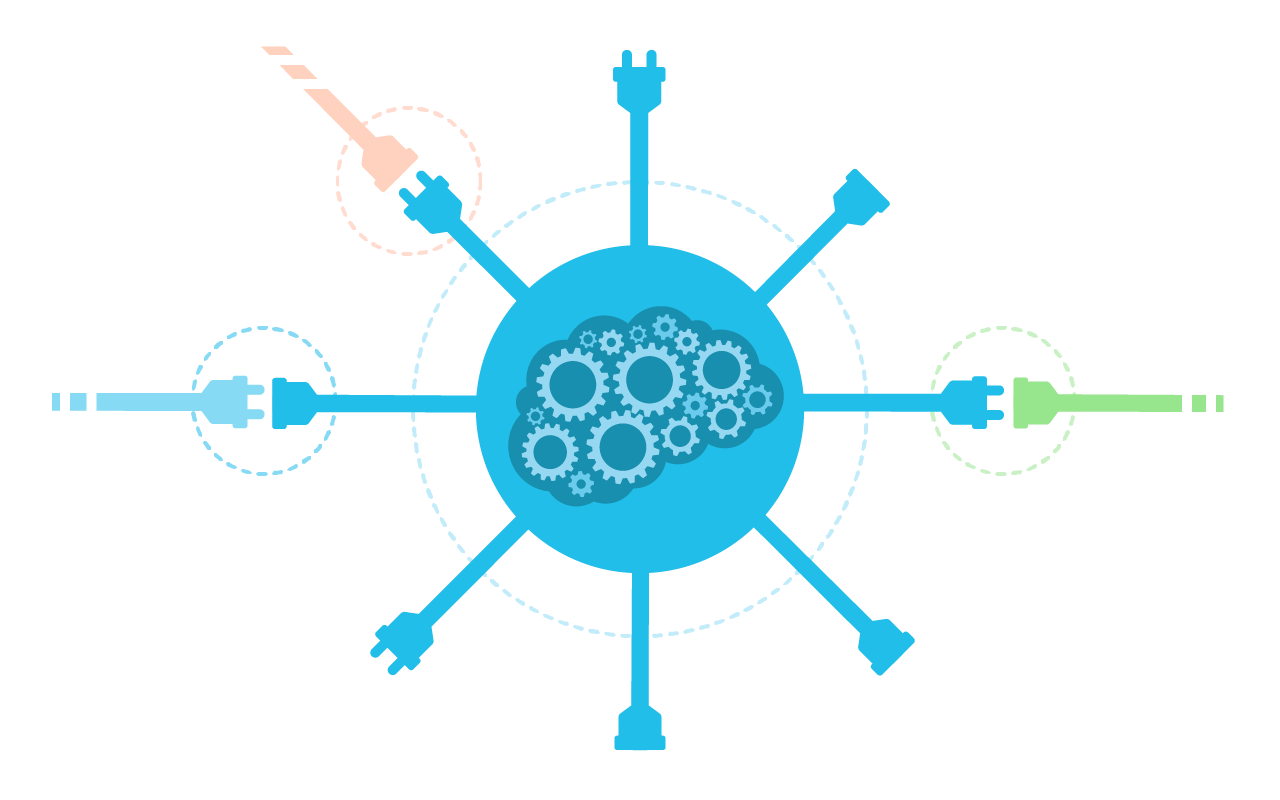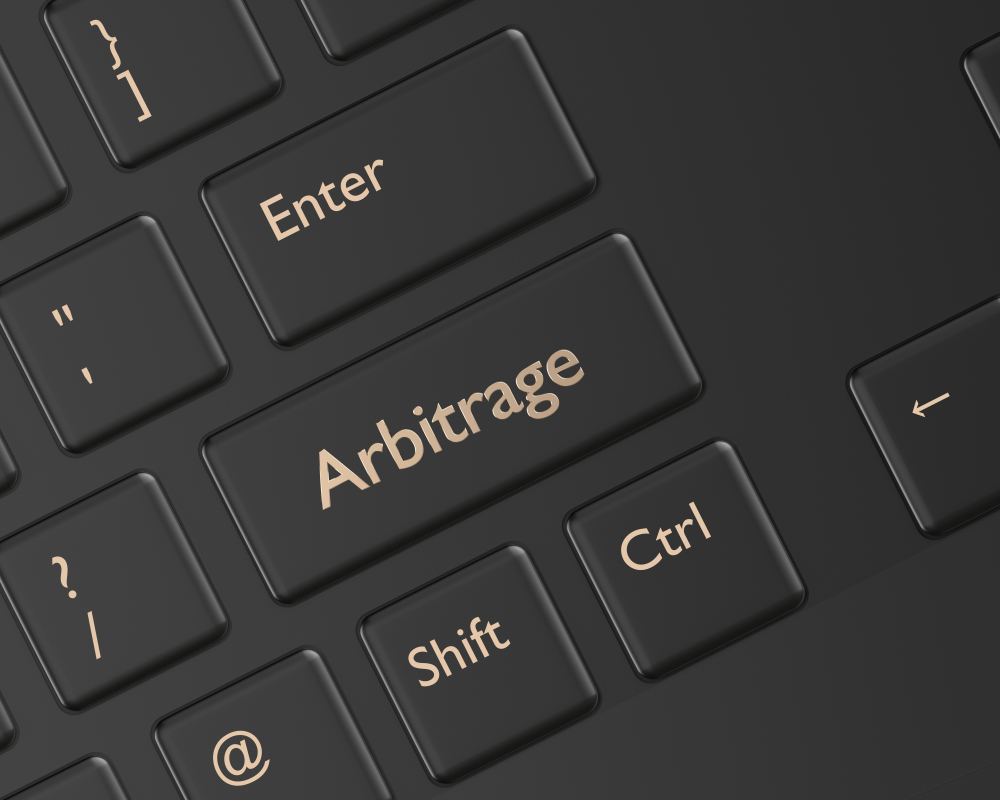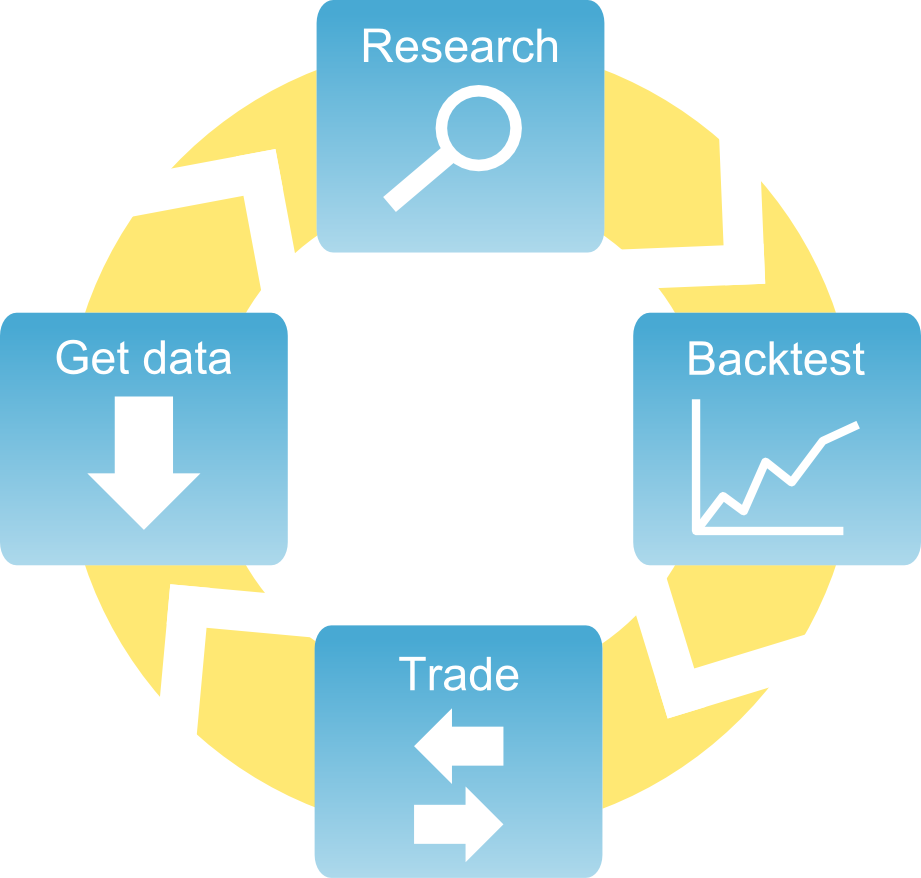Summary Many subjective traders are interested in quantitative trading, at first, they begin with full confidence. After learning the basic grammar, data operations, data structure, logic control of t...
www.fmz.com Summary In the previous article, we explained the premise of realizing the trading strategy from the aspects of the introduction of the M language , the basic grammar, the model execution ...
https://www.fmz.com/bbs-topic/3695 Summary What is the M language? The so-called M language is a set of programmatic functions that extend from the early stock trading technical indicators. Encapsulat...
Summary In Chapters 1 and 2, we learned the basics of quantitative trading and the uses of FMZ Quant tools. In this chapter, we will implement the actual trading strategies. If a worker wants to do so...
Summary After studying the previous sections, we finally ready to write a quantitative trading strategy. This will be the most important step in your entry into the quantitative trading from manual tr...
www.fmz.com Summary When it comes to programming, it must be inseparable from the API. For many non-programmer people, what is the API? In this section we will use the easiest language to explain what...
www.fmz.com Summary For the development of quantitative trading strategies, the first thing to do is the configuration of the trading tools. In this section we will take you through setting up exchang...
www.fmz.com Summary In the previous chapter, we learned about the concepts of quantitative trading, have a basic understanding of quantitative trading. So what tools are available on the market that c...
Summary A complete strategy is actually a set of rules that traders give themselves. It includes all aspects of the trading, and does not leave a little room for subjective imagination. Every choices ...
Summary A complete quantitative trading life cycle is more than just the trading strategy itself. It consists of at least six parts, including: strategy design, model building, backtesting tuning, sim...

